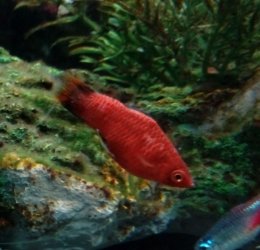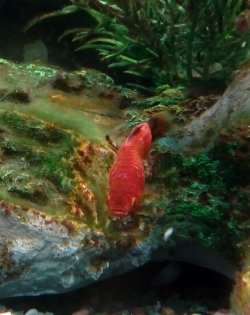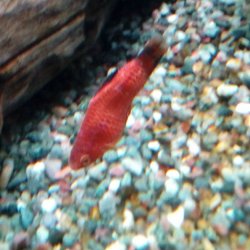Do not use medications unless you know what the problem is. Most fish health issues are caused by poor water quality and adding chemicals (medications) to the tank only makes the problem worse.
The following link has information about what to do if your fish get sick. It's long and boring but worth knowing. I recommend printing it out and reading it in bed to help fall asleep.
http://www.fishforums.net/threads/what-to-do-if-your-fish-gets-sick.450268/#post-3804819
------------------------
Do not use anti-biotics on fish unless they have a known bacterial infection that has not responded to normal fish medications.
Improper use or misuse of anti-biotics can lead to drug resistant bacteria that can kill people, animals, birds, fish and reptiles.
------------------------
Cream, white or grey patches on fish is excess mucous caused by chemicals, poor water quality or protozoan infections.
------------------------
Fish do a stringy white poop for several reasons.
1) internal bacterial infection causes the fish to stop eating, swell up like a balloon, breath heavily at surface or near a filter outlet, do stringy white poop, and die within 24-48 hours of showing these symptoms. This cannot normally be cured because massive internal organ failure has already occurred.
2) internal protozoan infection cause the fish to lose weight rapidly (over a week or two), fish continues to eat and swim around but not as much as normal, does stringy white poop. If not treated the fish dies a week or so after these symptoms appear. Metronidazole normally works well for this.
There is a medication (API General Cure) that contains Praziquantel and Metronidazole that can be used for internal protozoan infections.
It's interesting that API and the Californian government have listed Metronidazole as a carcinogen. That's a concern considering it was widely used to treat intestinal infections in people.
Anyway, handle with care, don't inhale the medication, and wash hands with soapy water after treating the fish or working in the tank.
3) intestinal worms like tapeworm and threadworms cause the fish to lose weight, continue eating and swimming normally, do a stringy white poop. Fish can do this for months and not be too badly affected. In some cases, fish with bad worm infestation will actually gain weight and get fat and look like a pregnant guppy. This is due to the huge number of worms inside the fish.
If the fish are still eating well, then worms is the most likely cause.
You can use Praziquantel to treat tapeworm and gill flukes. And Levamisole to treat thread/ round worms.
Remove carbon from filters before treatment and increase aeration/ surface turbulence to maximise oxygen levels in the water.
You treat the fish once a week for 3-4 weeks. The first treatment will kill any worms in the fish. The second and third treatments kill any baby worms that hatch from eggs inside the fish's digestive tract.
You do a 75% water change and complete gravel clean 24-48 hours after treatment.
Treat every fish tank in the house at the same time.
Do not use the 2 medications together. If you want to treat both medications in a short space of time, use Praziquantel on day one. Do a 75% water change and gravel clean the substrate on day 2 & 3. Treat the tank with Levamisole on day 4 and do a 75% water change and gravel clean on day 5, 6 & 7 and then start with Praziquantel again on day 8.
------------------------
All freshwater fish can tolerate the low level of salt (2 heaped tablespoons of salt per 20 litres of water).
------------------------
Take pictures of the fish and check them on your computer before posting them on here so we can see what's wrong. Make sure the pictures clearly show the issue.
Check your water quality for ammonia, nitrite, nitrate & pH.
Do 75% water changes and gravel clean the substrate each day for a week and see if that helps.
Stop adding chemicals until we know what is going on.




